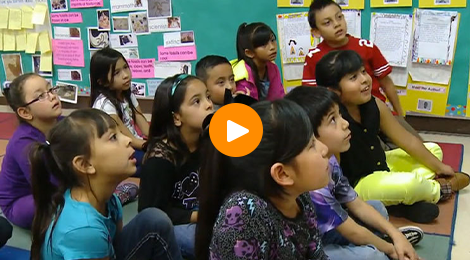Empower your students to be active participants in creating a calm, cooperative classroom by teaching emotional literacy. As part of the broader set of skills tied to social and emotional learning, emotional literacy is the ability to understand and communicate one’s feelings. A student with well-developed emotional literacy is able to recognize and respond to their own emotions and the emotions of those around them. You can help students develop these skills through a variety of methods, including the use of morning check-ins, mood meters, and self-regulation strategies.
Help your young students recognize and name their feelings by charting them on “mood meters” each day. Explore feelings beyond just happy and sad—such as afraid, worried, frustrated, or irritated —and make sure to teach and practice coping strategies to help students manage these emotions. Taking the time each day to develop these important skills will encourage greater understanding and connections between students, lead to fewer classroom disruptions, and help students stay focused on learning throughout the school day.
| Reflection Question: How can you incorporate emotional literacy in your classroom? |





